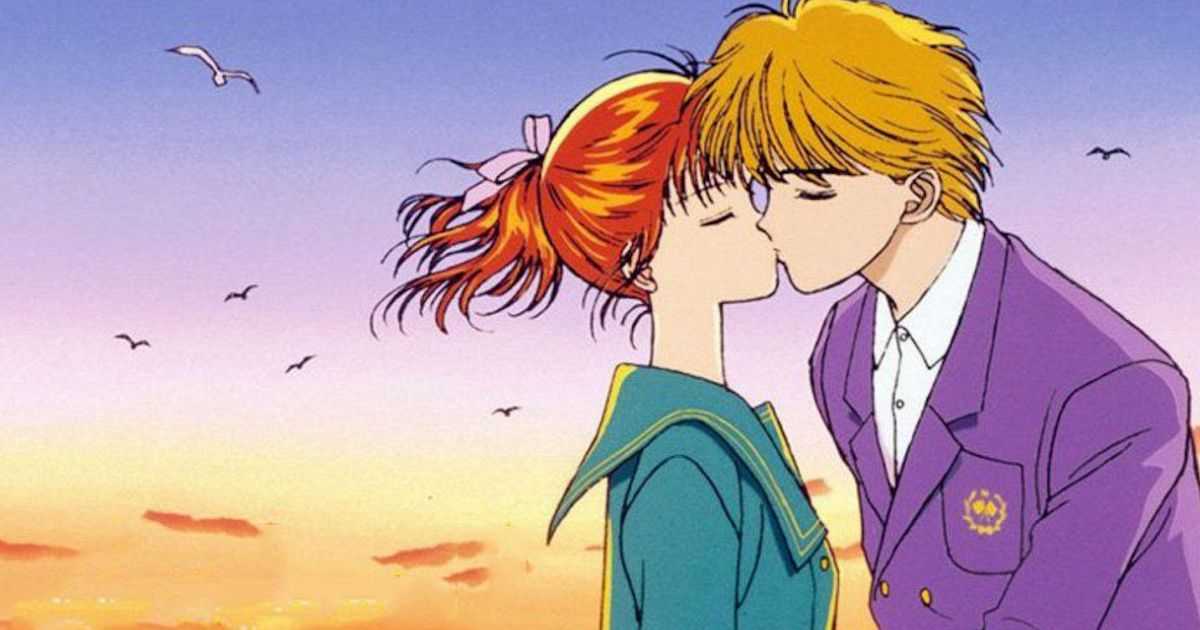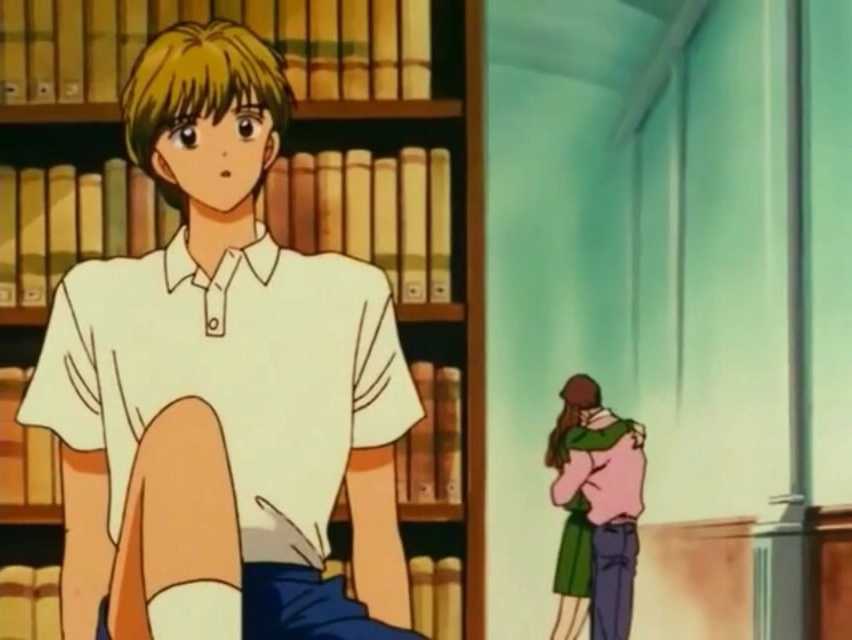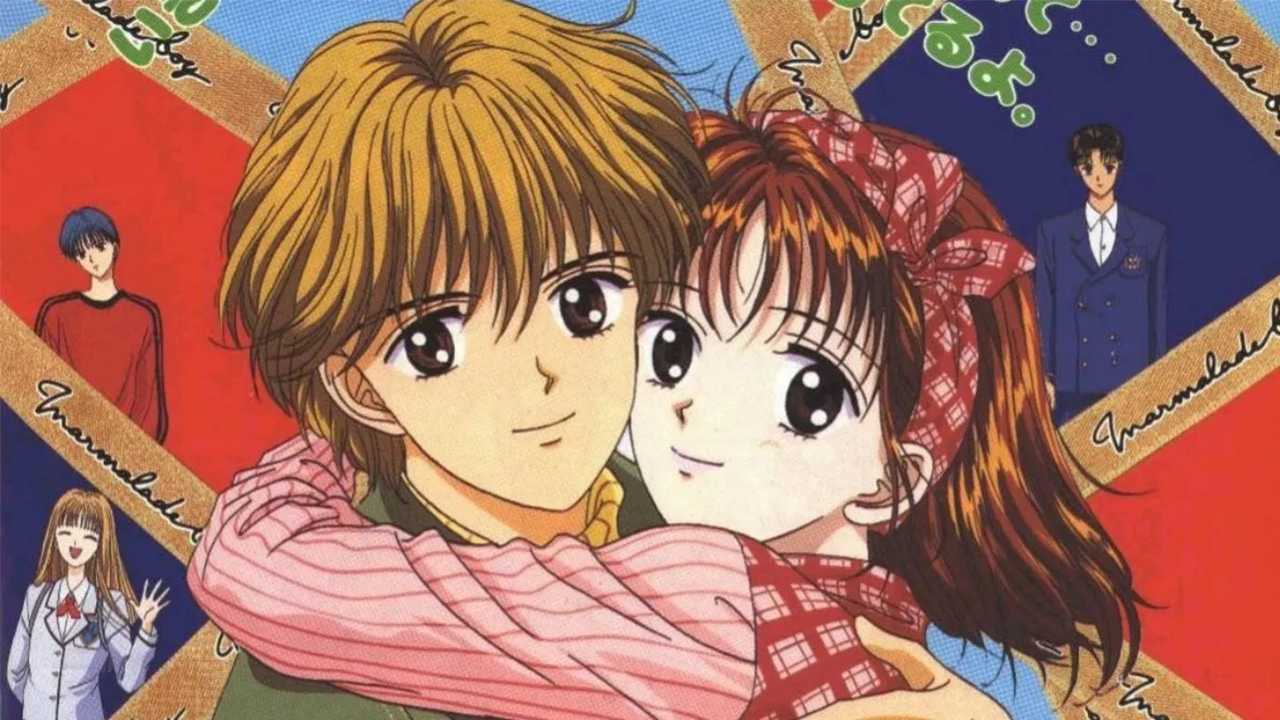New week new episode of Anime Breakfast and we totally change genre with a great classic of the 90s and also of romance: Marmelade Boy, or Little heart problems
A new episode of Anime Breakfast begins, changing genre compared to the debut of this column with Neon Genesis Evangelion and the second appointment with Tengen Toppa Gurren Lagann: let’s touch a little romance with Marmelade Boy, known in Italy as Little heart problems. If there was a column entitled The most censored anime ever, surely this title would also end up in there and among the first places. The reference to censorship concerns the broadcast in Italy and the fact that the Italian public has never seen how this anime series ends, as well as having never seen some episodes, the reason is some “scandalous” aspects that we will discover in the next lines.
Taking a step back, we are in the middle of the 90s, in fact the manga from which the anime is based was published from 1992 to 1995 in Japan, to then arrive at the animated series broadcast in Italy in 1997. An acronym that we still remember as perhaps one of the most beautiful sung by Cristina D’avena and which takes up the Italian title Little Heart Problems, however very different from the original Marmelade Boy. The reasons for the original title lie precisely in the two protagonists and in their relationship, which we are now going to analyze in detail.
Miki and Yuri | Marmelade Boy: adolescence in the 90s
The two protagonists are Miki and Yuri, a more contemporary and imperfect version of Disney fairy tales: Yuri is a beautiful blonde, introverted, Miki is beautiful, intelligent, cheerful and from the very beginning it’s impossible not to cheer for them as a couple. The two meet for rather bizarre reasons: Miki discovers that their parents have decided to divorce and furthermore, following a vacation in Hawaii they met another couple, Yuri’s parents and falling in love with each other, they decided to exchange partner. This leads to a real storm in Miki’s life with the consequent decision to all four go and live under the same roof, with their respective children, Miki and Yuri. It’s very difficult for Miki at first, especially to accept living together with Yuri, who never breaks down, is introverted and often makes fun of her, hence his nickname: Marmelade boy, because according to Miki, the boy is like marmalade. oranges, that is, it hides a bitter aftertaste behind the apparent sweetness.
Soon the two become a dream couple for all readers of the manga and for the audience of the anime, well drawn, well harmonious also in terms of graphics and character construction: they pose with irony in front of the prince and princesses of Disney stories and take us into an atmosphere of full adolescent age, in which it is much easier to find each other.

Censorship | Marmelade Boy: adolescence in the 90s
With this plot and these two protagonists so captivating it is normal to wonder why this anime was so much censored in the 90s, as we mentioned at the beginning. The reason lies precisely in the plot itself: firstly the coexistence of Miki and Yuri’s parents in a large extended family with the original couples exchanged and secondly the cliffhanger that arises towards the end of the anime. This cliffhanger that keeps us hanging, but which nonetheless has its own narrative conclusion is Yuri’s suspicion that he and Miki may be biological brother and sister, because their parents were once together. This leads Yuri to flee to the United States, due to the love he and Miki feel for each other and a consequent suffering on the part of the girl. In the finale, however never broadcast in Italy, the two still clarify the story of their past, with the confirmation that they are not only biologically linked and therefore can finally be together.
Such a “scandalous” plot actually makes the anime even more interesting and absolutely avant-garde for those years. A plot that preceded by many years a narrative that we then saw in many teenage TV series and that preceded a socio-cultural reality really sees different families living under the same roof. For this same reason, it would be nice for streaming platforms to make this anime series available: for its being contemporary even in these years and for its way of showing adolescence with all its relational and existential pains that are not only to be underestimated even today.

An anime version of a teen TV series
It can therefore be said that Marmelade Boy is a full-fledged teen TV series, but in the form of an anime. In fact, there is no lack of a very solid character park around Miki and Yuri. Their friends, classmates, however establish interesting relationships even if at times very complicated that bring us more into the soap opera, above all for the very intense way in which these teenagers experience them. Therefore, despite these great emotional loads and the censorships that made the series difficult to follow at times, Marmelade Boy still marked the 90s and the teenagers of that time who still carry it in their hearts, a bit like those little problems of the Italian title.
Are you looking for new movies and new TV series to watch? Discover the new Disney+ subscription, the streaming home of Disney, Marvel, Pixar, Star Wars, National Geographic and now Star too. Subscribe now to only 8.99 euros per month on this page.















Leave a Reply
View Comments